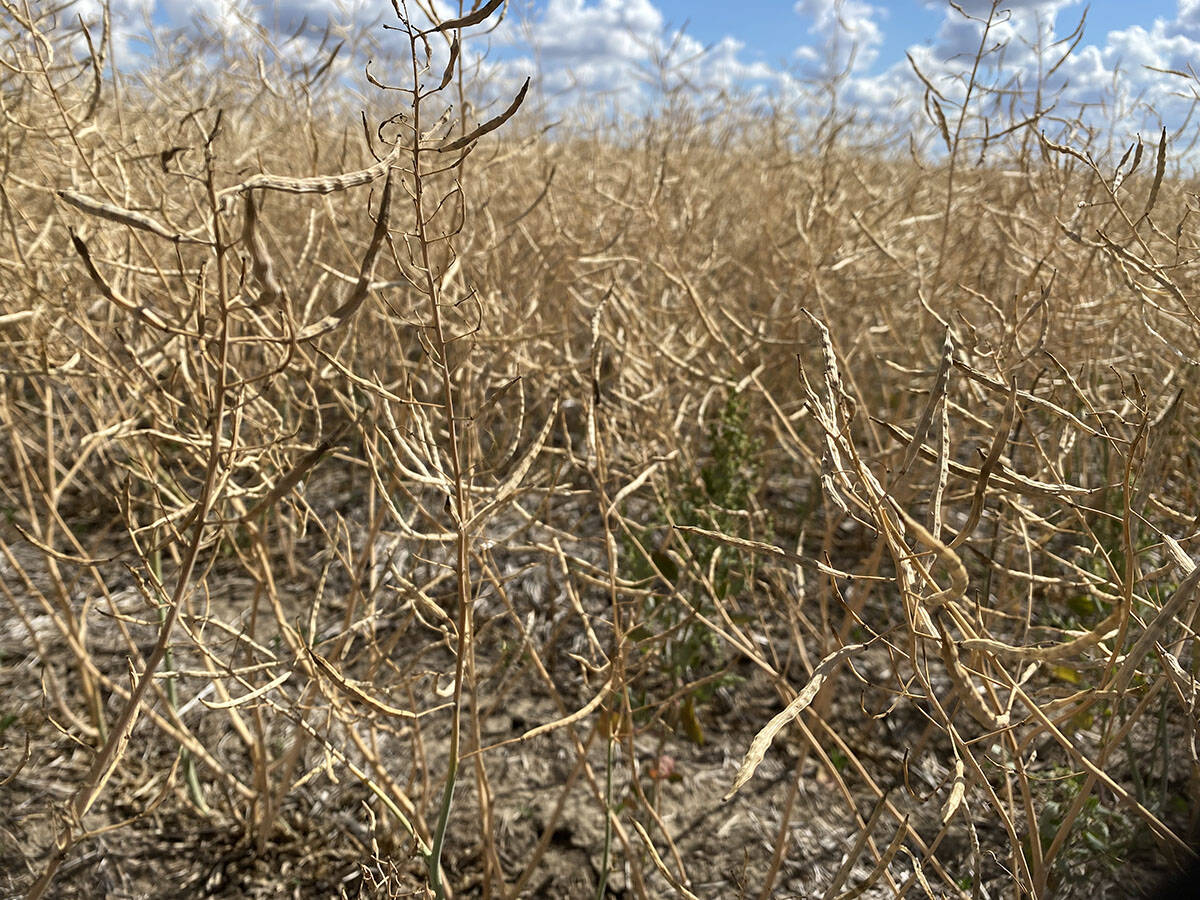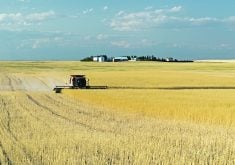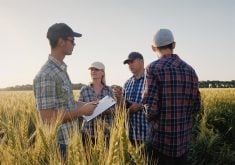The Income Tax Act contains advantageous rules that are specific to farmers. Two of the most well known are:
- The intergenerational rollover that allows parents to transfer certain qualifying farm property to their children on a tax-free basis.
- The $1 million lifetime capital gains exemption that can be used to offset a capital gain that arises on the disposition of “qualified farm property.”
The ability to take advantage of these rules depends on whether certain conditions are satisfied. Many farmers are surprised that some of the required conditions are based on the ownership and usage history of the assets owned by the farming business.
Read Also

Crop insurance’s ability to help producers has its limitations
Farmers enrolled in crop insurance can do just as well financially when they have a horrible crop or no crop at all, compared to when they have a below average crop
In determining whether the intergenerational rollover will apply with respect to a particular property (most commonly shares in a family farm corporation or farmland), an analysis needs to be conducted. Where the particular property is farmland, each parcel must be analyzed. Where the particular property is shares in a family farming corporation, each parcel of farmland owned by the corporation as well as all other properties owned by the corporation need to be analyzed.
Generally speaking, this analysis will involve determining whether a particular property was used principally in a farming business in which the taxpayer (or the taxpayer’s spouse, child or parent) was actively engaged on a regular and continuous basis. The analysis needs to be conducted for each year that the particular property was owned or used by the taxpayer (or the taxpayer’s spouse, child or parent).
Using farmland as an example, in order to be considered “used principally” according to the Canada Revenue Agency, more than 50 percent of the parcel of farmland must be used in the farming business (for example, more than half of the acres are used for crops or used for pasture in the farming operation) for more years than not (for example, the land was actively farmed by the taxpayer for five years and was rented out for less years).
Of significance is the fact that the time period to consider is the total period of ownership or use among the taxpayer, the spouse of the taxpayer, or a child or parent of the taxpayer. This means that, for example, if a parent farmed land for a significant period of time and subsequently transferred the land to their child, who did not actively farm the land, it is still possible that the child could subsequently use the rollover to transfer the land to their child (being the parent’s grandchild) on a tax-free basis.
Many of the rules for claiming the capital gains exemption are similar to those of the intergenerational rollover, but there are some significant differences.
With respect to the disposition of a share of a family farm corporation, the capital gains exemption test has an ownership and use component that requires property to be “used principally” in a farming business in the same manner as discussed above.
However, the rules for claiming the capital gains exemption on the sale of personally owned farmland (that is acquired after 1987) may require, among other things, that the gross revenue of an eligible owner (the individual, the individual’s spouse, child or parent) from the farming business for at least two years exceeds such eligible owner’s income from all other sources during that period.
When this “gross revenue” test is satisfied by a parent, the capital gains exemption may be able to be claimed on a transfer from the parent to their child and again, subsequently, from the child to a grandchild even if the child did not ever farm the land. This can allow one or more generations who were never active in the family farm to claim the capital gains exemption.
Because of these rules, it is important for farmers to keep and maintain accurate historical records with respect to the ownership and use of the property owned by their farming businesses (especially farmland) including:
- Who owned the property?
- When was it acquired?
- Who was it acquired from (if from a parent, when did they acquire it)?
- Was more than 50 percent of the property used in farming?
- How many years was it used in farming by the owner and by the parent (if acquired from a parent)?
- How many years was it not used in farming (for example, rented out) by the owner and parent?
- What is the adjusted cost base (price paid) of the property?
Each property that is owned, including each separate legal parcel of farmland, must be reviewed independently. In the case of farmland owned by an individual, records relating to the income of an eligible owner of such farmland is also relevant.
In many cases, farming property may have been owned in the same family (or related farming entities) and passed down for generations. The previous ownership history of a parent can often help a child take advantage of some of the beneficial rules in the Income Tax Act. However, it can be difficult for a child to make these determinations without accurate records being passed down to them. This makes it extremely helpful and important to keep accurate and written records that can be provided to the next generation.
Garrett Leedahl is a lawyer with Stevenson Hood Thornton Beaubier LLP in Saskatoon, who can be contacted at gleedahl@shtb-law.com. Michael Deobald is a partner with Stevenson Hood Thornton Beaubier LLP in Saskatoon and can be contacted at mdeobald@shtb-law.com. This article is provided for general informational purposes only and does not constitute legal or other professional advice and does not replace independent legal or tax advice.

















